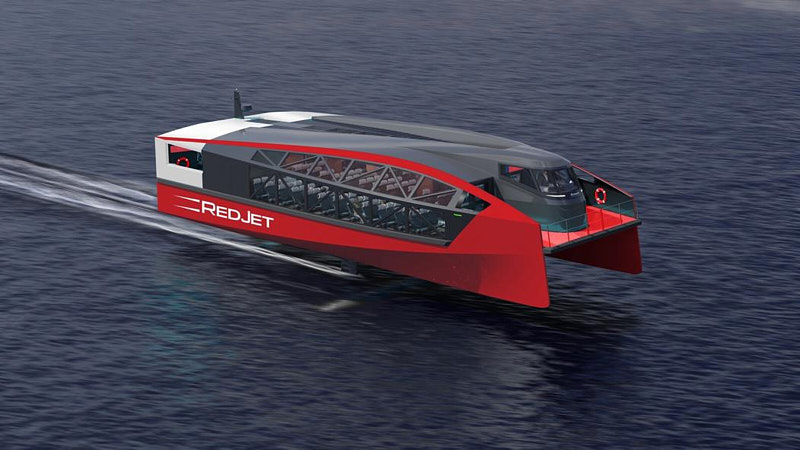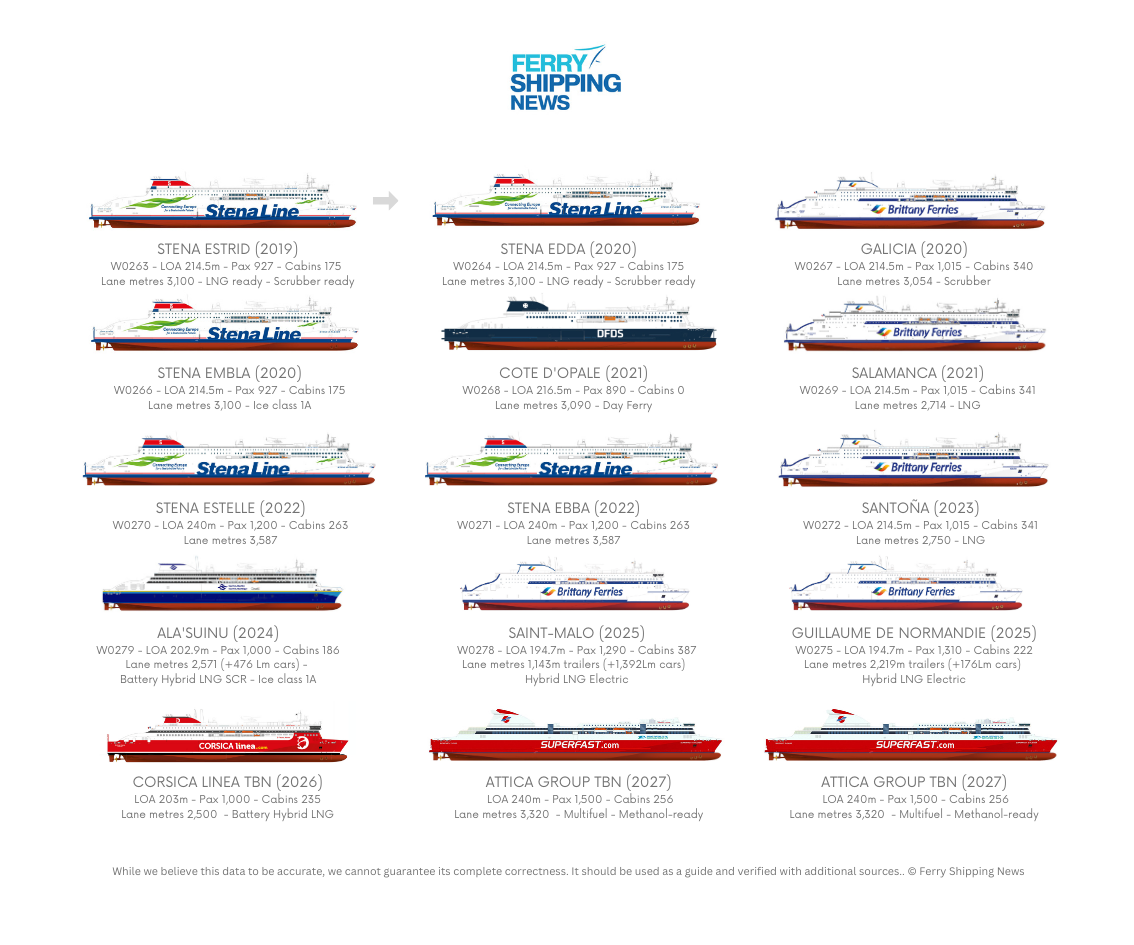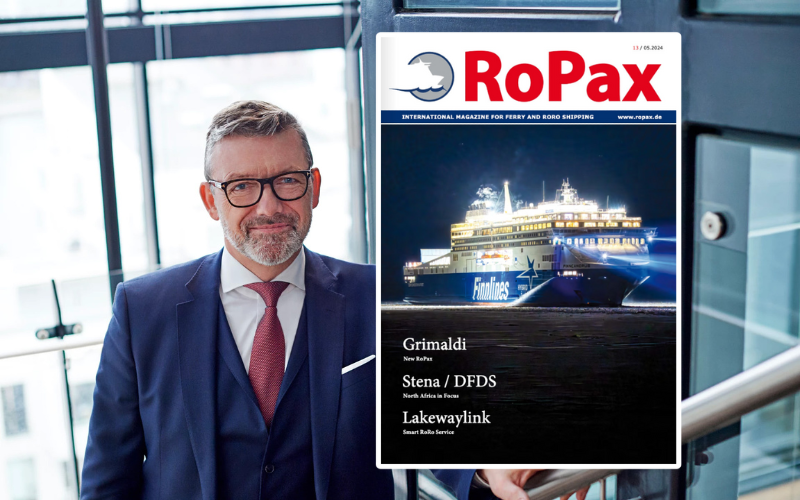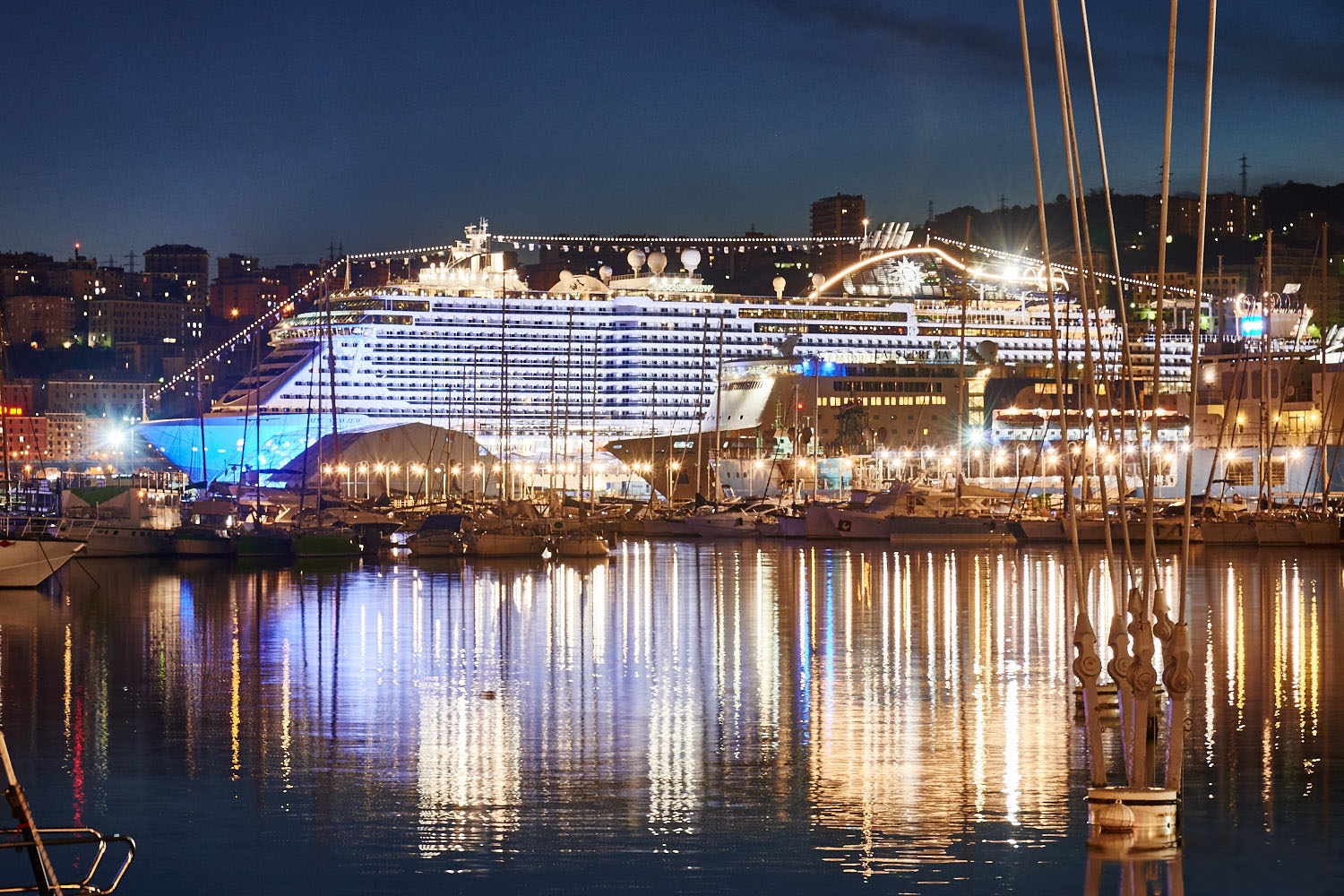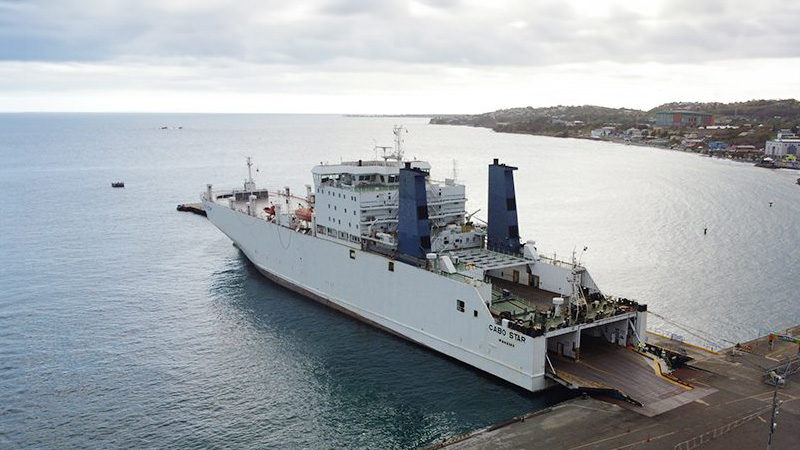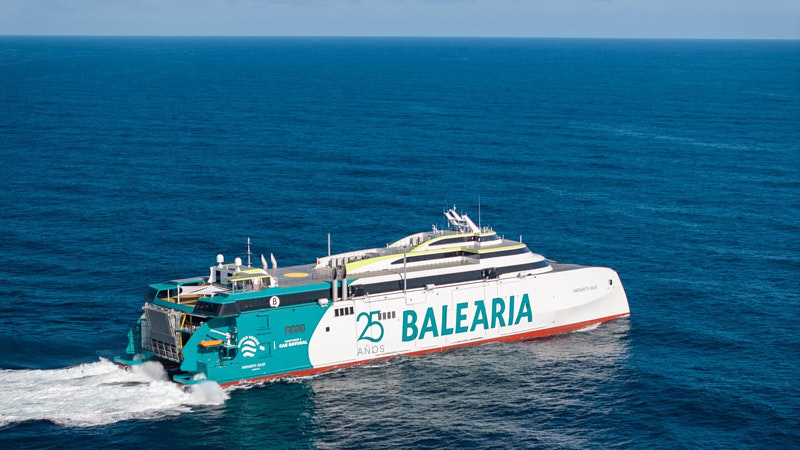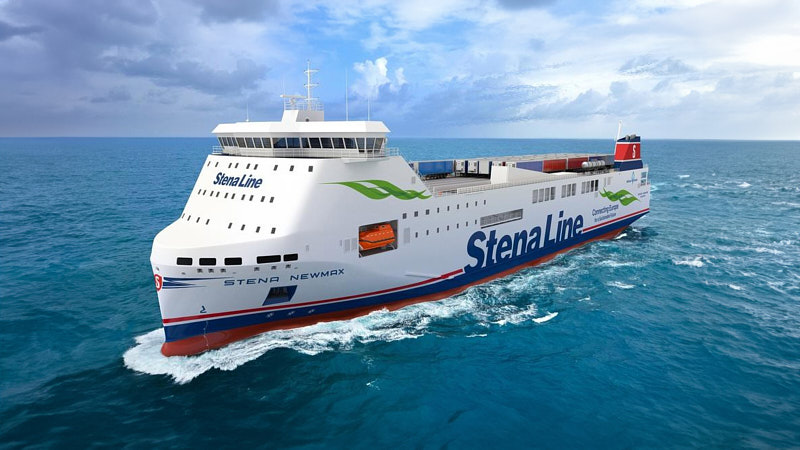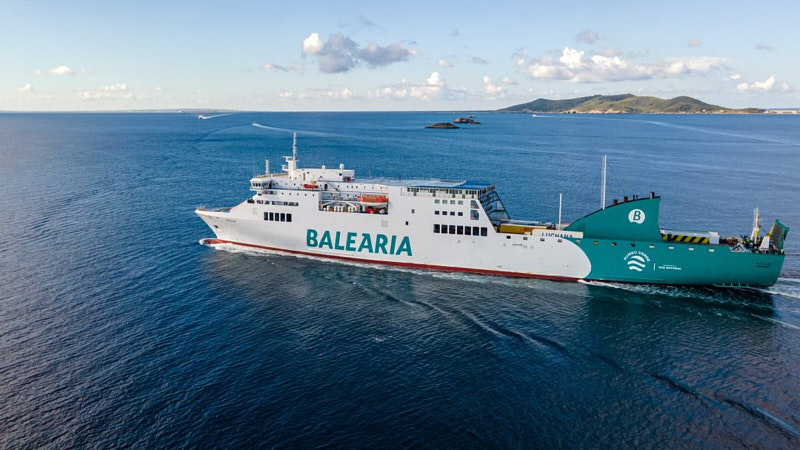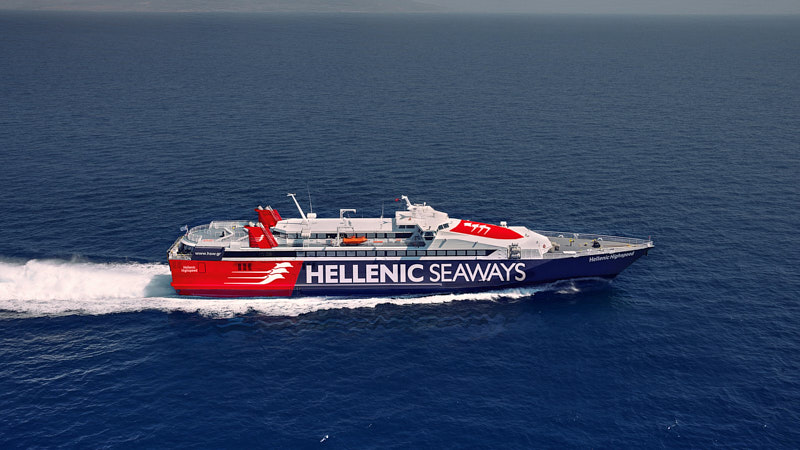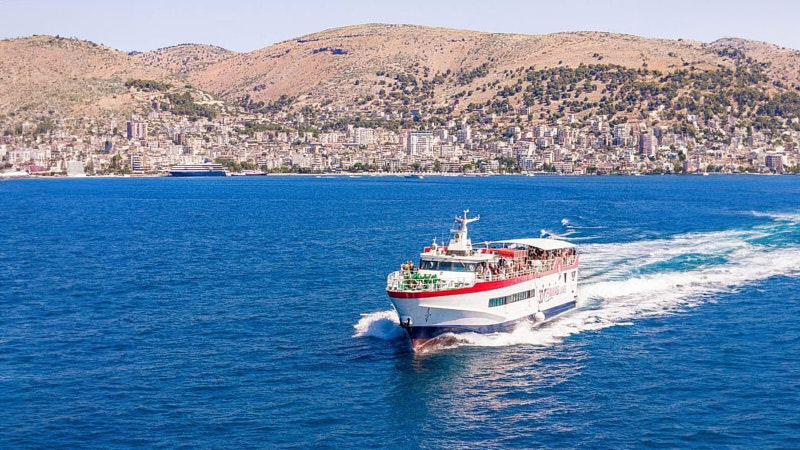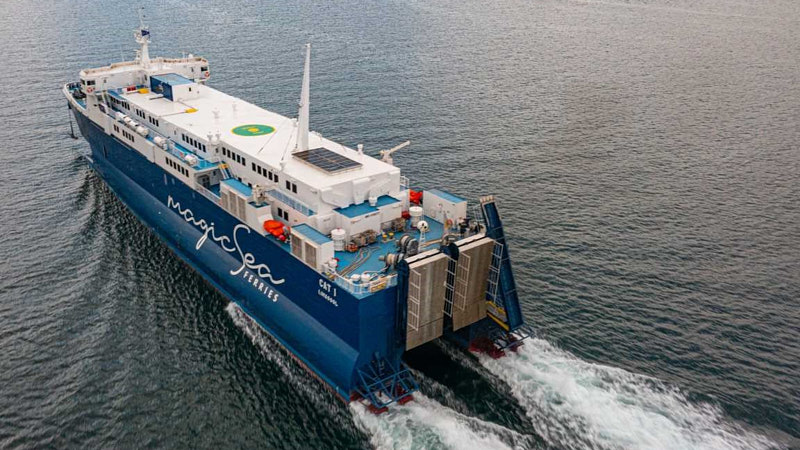Red Funnel’s Southampton to West Cowes route, currently served by Red Jets 6 and 7, will be enhanced with the addition of a zero-emission, electric e-foiling passenger ferry (Artemis Technologies EF-24 Passenger).
Operation of the Artemis EF-24 Passenger will save up to 3,700 tonnes of CO2e per year.
Using electricity from renewable sources will increase annual emissions savings to approximately 4,150 tonnes of CO2e.
In addition to reducing air pollution and noise, the fully accessible passenger ferry will use cutting-edge hydrofoil propulsion technology to fly over waves, lifting the vessel out of the water to reduce drag and provide a smoother, quieter and more comfortable experience for passengers.


